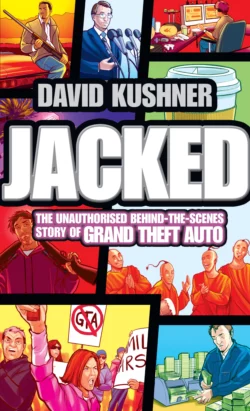Jacked: The unauthorized behind-the-scenes story of Grand Theft Auto

David Kushner
Тип: электронная книга
Жанр: Социология
Язык: на английском языке
Стоимость: 619.36 ₽
Статус: В продаже
Издательство: HarperCollins
Дата публикации: 16.04.2024
Отзывы: Пока нет Добавить отзыв
О книге: Jacked is the story behind the most successful video game franchise in history. Over its numerous sequels and spinoffs, including the long awaited GTA IV, the game has sold over 50 million units and generated over a billion dollars in revenue. Grand Theft Auto lets players live out their fantasies. But few videogame fantasies match the real-life adventures of the GTA creators, Rockstar Games.From the back bedrooms of suburban London to the most powerful offices on Capitol Hill, this story takes the reader on a journey through the pioneering and exciting, yet controversial rise of Rockstar Games and the Grand Theft Auto franchise. Almost a decade ago brothers Sam and Dan Houser and their friend Terry Donvan invaded New York with a then-outrageous dream: to make video-games cool. They would elevate a medium built on Mario and Pokémon into something defiantly grown-up – games that would earn a place on shelves between Scarface and Licensed to Ill. Violent, sexually explicit and held responsible for the corrupting the youth of today, the GTA games are constantly the subject of intense media attention and will continue to make headlines when GTA V is launched in 2011.As well as the rock star lifestyles and unrivalled success, award-winning journalist and author, David Kushner also investigates the darker side of Rock Star Games – the financial irregularities, management shuffles and numerous court cases that have plagued company over the years to paint the most accurate and thrilling picture of the company behind one of the most influential cultural phenomena of the 21st century.